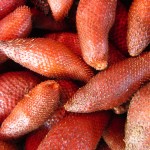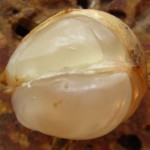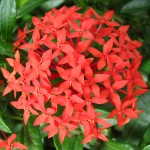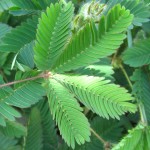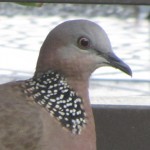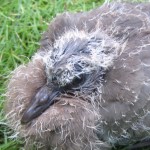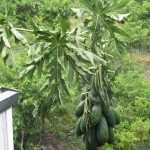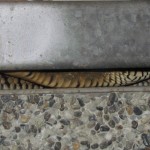Meet the Irrawaddy Dolphin
The Irrawaddy dolphin (Orcaella brevirostris) is a species of dolphin whose distribution extends from the Bay of Bengal to northern Australia. The most interesting aspect of this oceanic mammal, which measures up to 2.3 metres and weighs up to 130 kilograms, is the fact that it can also be found in large rivers, deep inside the Asian continent. The fresh waters of the mighty Irrawaddy river in Myanmar (from where it gets its common name) as well as the illustrious Mekong river in Laos and northern Cambodia are two places where these animals live in small colonies. Unfortunately… Continue reading

